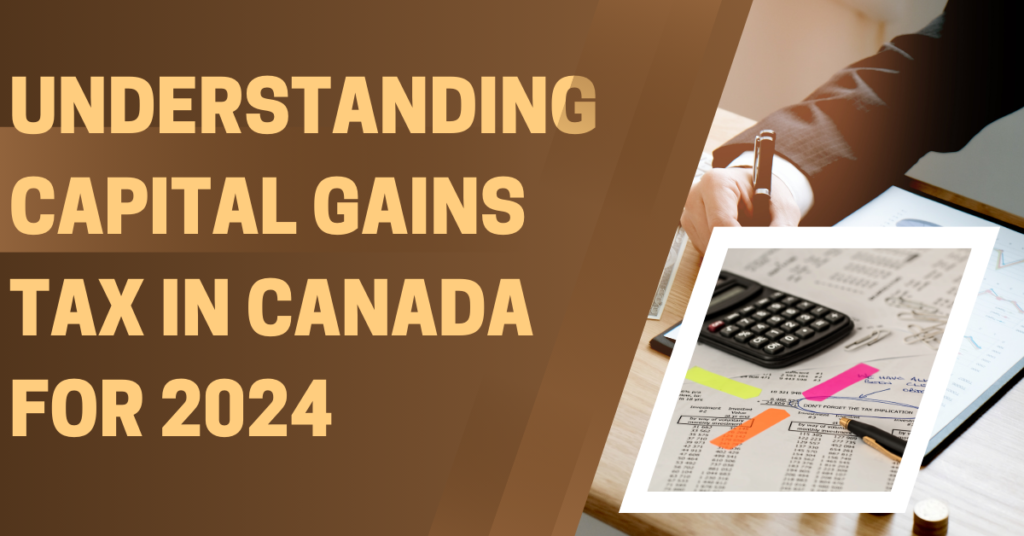Capital gains tax is an important concept for anyone involved in investing or asset management. It is the tax you pay on the profit made from selling investments or assets for more than their purchase price. Understanding how capital gains tax works, how to calculate it, and the strategies to minimize it can significantly impact your financial planning and tax liabilities. This guide will provide a comprehensive overview of capital gains tax, capital losses, the tax rates in Canada, and effective methods to reduce or avoid this tax.
What is Capital Gains Tax?
Capital gains tax is the tax on the profit from selling an investment or asset at a higher price than its purchase price. Realized gains are the profit from sold investments or assets, while unrealized gains are the increase in value of unsold investments (no tax until sold).
What is a Capital Loss?
Definition: A capital loss occurs when an investment or asset is sold for less than its purchase price.
Benefits: Capital losses can be used to offset taxable capital gains, reducing the overall tax owed. Additionally, losses can be applied to gains from the past three years or carried forward to offset future gains.
Capital Gains Tax Rate in Canada
General Rule: In Canada, 50% of capital gains are taxed at your income tax rate.
New Rules (Effective June 25, 2024): For capital gains up to $250,000, 50% is taxed. For gains over $250,000, 66.67% is taxed.
Corporations and Trusts: These entities are always taxed on two-thirds (66.67%) of their total gains.
Example: If you sell an investment for a $400,000 profit:
- The first $250,000: 50% taxed, which equals $125,000.
- The remaining $150,000: 66.67% taxed, which equals $100,005.
- Total Taxable Income = $225,005.

Calculating Capital Gains Tax
Steps:
- Adjusted Cost Base (ACB): This is the purchase price plus any additional fees.Example: Suppose you buy 100 shares at $15 each and later 50 more shares at $20 each. Your ACB is: (100 shares x $15) + (50 shares x $20) = $1500 + $1000 = $2500. ACB per share = $2500 / 150 shares = $16.67.
- Calculate Capital Gains: If you sell 60 shares at $25 each, you receive $1500. Gain = $1500 – (60 shares x $16.67) = $1500 – $1000.20 = $499.80.
Many financial institutions track your capital gains and ACB for you, but if you have a self-directed account, you may need to calculate this yourself.
Reducing or Avoiding Capital Gains Tax in Canada Strategies
- Offset Gains with Losses: Use capital losses to offset gains in the same year, or carry them forward/back to other years.
- Tax Shelters: Use RRSPs, TFSAs, LIRAs, and RESPs to defer taxes until withdrawal. These accounts shelter your investments from tax until you withdraw funds.
- Donate Assets to Charity: Transfer stocks directly to charities to avoid triggering a capital gain and receive a tax receipt for the current fair market value of the donated stocks.
- Tax-Loss Harvesting: Sell low-performing investments to create capital losses that offset gains. Be cautious of the “superficial loss” rule, which disallows claiming a loss if you repurchase the same or similar investment within 30 days.
- Co-Own Assets with a Partner: Splitting ownership of assets with a partner can help keep each person’s taxable gains below the higher tax threshold, reducing the overall tax burden.
